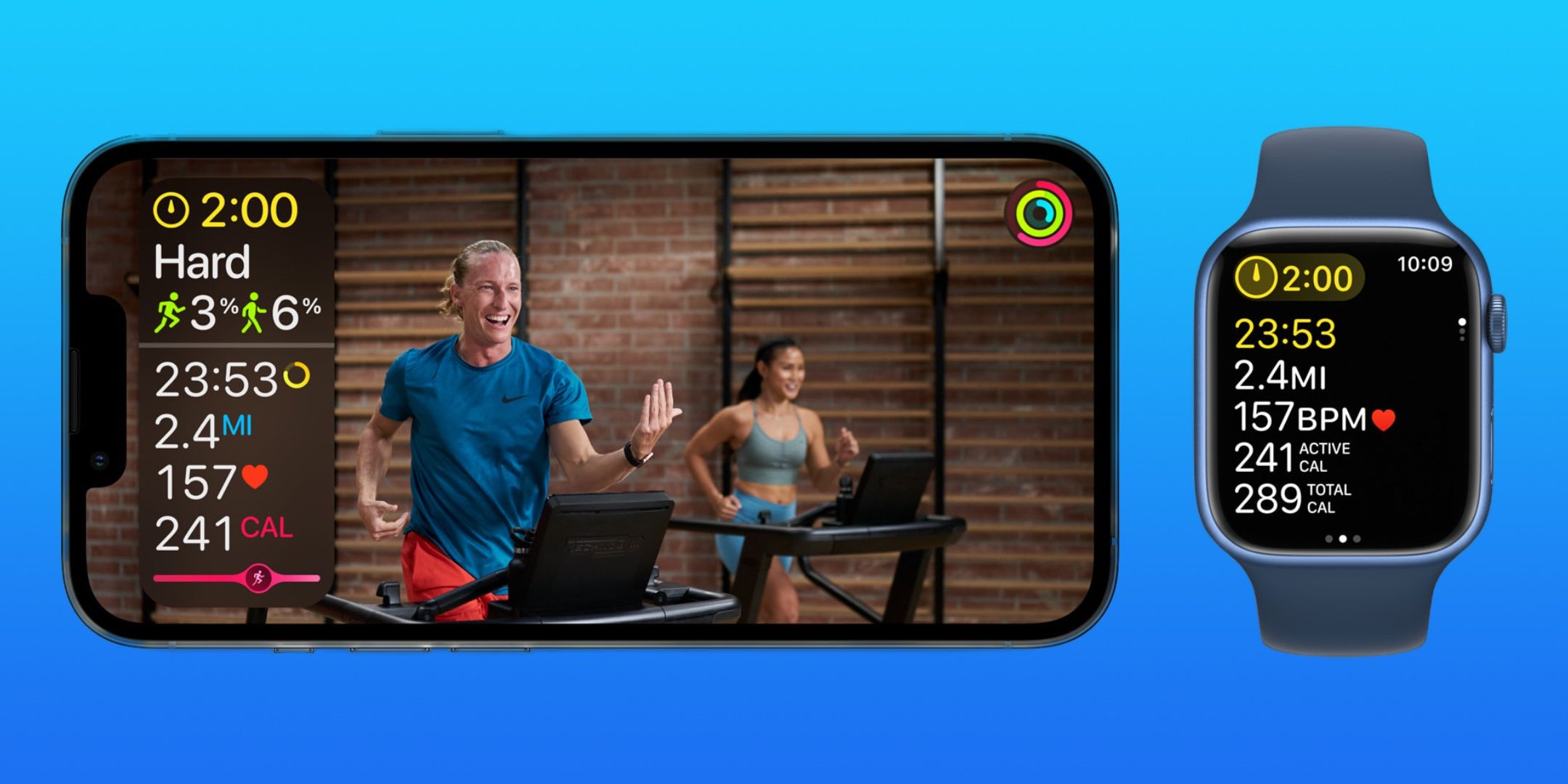The Apple Watch is a powerful tool for runners, with a vast assortment of data and metrics that can both slash times and increase mileage, even for new athletes. Running can be a very challenging — and yet rewarding hobby — so it’s easy to become overwhelmed when starting this type of workout and risk burnout or injury. Each person is different, so consulting a professional is the best way to get started, but the slew of features available on the Apple Watch can make starting less daunting. With the latest version of watchOS, Apple previewed new ways to use the Apple Watch to improve an athlete’s runs. The Apple Watch is one of the most popular smartwatches in the world, and it offers tools from pace tracking to vertical oscillation to help beginners and seasoned runners alike.
There are two different ways to track runs that are endorsed by Apple — through the use of the native Fitness app and the use of a third-party app. The Apple Fitness app is pre-installed on all Apple Watches and makes the best use of the device’s features. Namely, the Fitness app can utilize the always-on display, and it is the only workout app that can use this function. However, it isn’t designed for in-depth analytics outside the Apple Watch. Instead, the Nike+ Run Club app is pre-installed on all Apple Watch Nike+ editions and can be downloaded as a third-party app on all other devices. It provides many of the key features of the Fitness app but is complemented by a powerful iPhone app that makes it easy to interpret data post-run.
To start a running workout on the Apple Watch, open the Workout app on the smartwatch. The Workout app is only available on the Apple Watch, but the recorded data will be automatically imported to the Apple Fitness and Health apps on a connected iPhone. After the Workout app has been opened, a list of workout options will be shown, with the user’s most commonly used options at the top. Next, scroll down to ‘Indoor Run’ or ‘Outdoor Run,’ based on the location of the run. GPS data is finicky indoors — and nearly irrelevant on treadmills — so the ‘Indoor Run’ option changes how the workout is tracked. Finally, tap ‘Start’ to set a three-second timer before the workout starts.
The Most Useful Running Metrics For Beginners

The Apple Watch has various metrics it can track during runs, but only five data fields can be viewed during a workout. As such, choosing the right fields to maximize performance is essential. Two of the most important metrics for new runners are distance and pace. Distance is tracked in either miles or meters based on the user’s preference to show the athlete how far they’ve gone on a run. Pace, however, shows the average time it takes to complete a mile or kilometer, based on the above preference. Beginners should settle into a pace they can speak during and hold a steady conversation. It’s an easy standard for new runners to use to ensure they’re not overexerting their bodies early on. By viewing the pace they can hold while speaking, the user will know what their starting pace should be. Like with any type of workout, consistency is key, so runners should check their watch often to ensure they are hovering around their target pace.
The stopwatch field on the Workout app is a simple but essential data field for runners. Unlike some other forms of fitness, there is a limit to how many miles a body can handle, especially in the early days of running. Sometimes setting a time goal can be more beneficial than a distance goal, as it improves a user’s cardiovascular endurance. Similarly, the heart rate monitor is a valuable tool when it is being used properly. There are different heart rate zones that match with different levels of intensity that vary from person to person. By staying in a specific heart rate zone, athletes can improve their endurance without over-exhaustion. Finally, the calorie tracker is the least helpful metric because it doesn’t have a significant impact during a run. Sure, it’s nice to close Activity rings daily, but users should set a running goal based on distance, pace or time — not caloric burn. Luckily, the Apple Watch makes it easy to check all of these metrics at a glance during a run, which can improve a runner’s performance.




